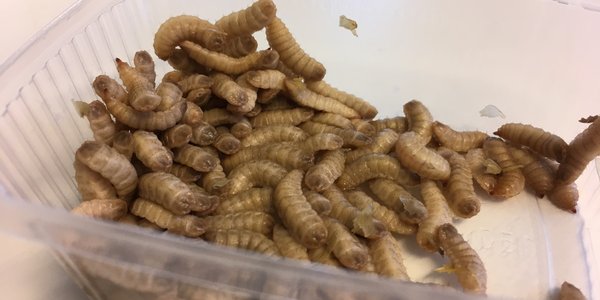Topic: New marine resources for food and feed

Mussels feed themselves by filtering the sea water.
Photo: Erling Svensen / Institute of Marine ResearchPublished: 30.08.2019 Updated: 30.10.2023
New marine resources can especially be found among species lower down in the food chain, so-called low-trophic resources – including algae like seaweed and kelp, algae-eaters like sea urchins, and filter-feeders like mussels. There are also opportunities to use more species a bit higher up in the food chain, like jellyfish and snow crabs.
These resources can either be used directly as human food or in feed for farmed fish or other animals.
Safe seafood and safe feed
The seafood we eat must be safe. The Institute of Marine Research monitors seafood and fish feed in Norway, and within the work on new marine resources, we need knowledge about both positive ingredients, contaminants, and infectious agents. Results from the monitoring can be found in our extensive database of Seafood data, which is updated with many of the new species.









